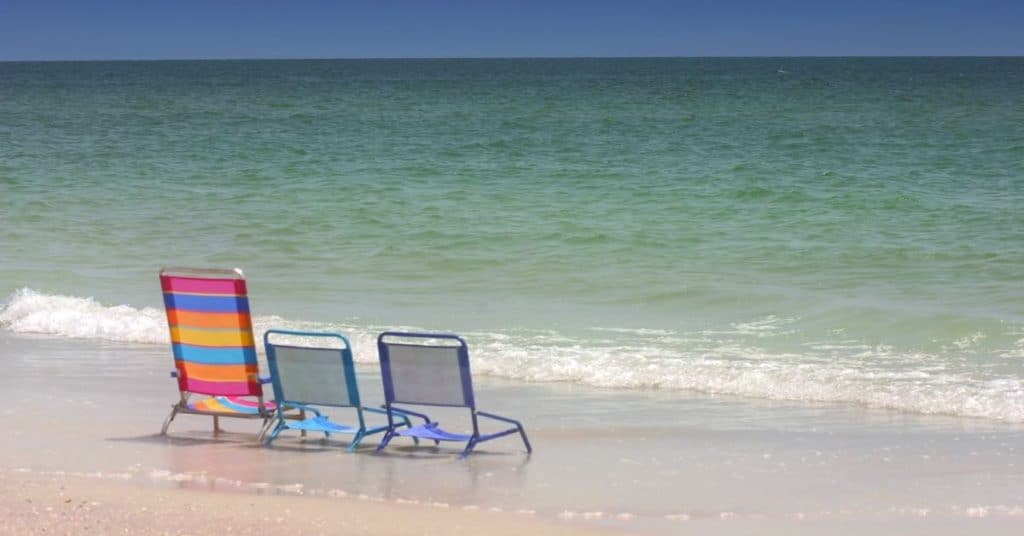If you’ve ever noticed an itchy pink or red rash under your swimsuit after a beach trip, you might suffer from Seabather’s Eruption. This unfortunate skin condition is a side effect of spending time in the ocean and is actually extremely common, especially in the warm waters of the Gulf of Mexico between May and September. Florida beachgoers are often affected by this unfortunate condition, sometimes referred to as “sea lice.”
What IS Seabather’s Eruption?
This condition is a hypersensitivity reaction to the larval form of thimble jellyfish, also known as linuche unguiculata. These tiny sea creatures thrive in the warm Gulf waters. The skin condition is caused by the larvae becoming trapped in swimwear fabric, irritating the swimmer’s skin. Thus, the resulting rash, which can consist of red itchy bumps, typically appears within 12 hours of swimming in the ocean.
The rash is typically localized to the area covered by swimwear (this can include swim shirts and rash guards). Unfortunately, some people also experience systemic symptoms such as fever, malaise, sore throat, and abdominal discomfort can occur. However, these symptoms are more common in children than adults. Luckily Seabather’s Eruption generally does not cause symptoms of anaphylaxis (severe allergic reaction) like facial swelling or trouble breathing.
How can I avoid Seabather’s Eruption?
There are a few easy ways to avoid Seabather’s Eruption; first, avoid natural bodies of water in the tropics during warm weather. If you’re a beach lover, that might be a challenge. So, the next best option is to shower immediately with fresh water, and change out of your swim apparel as soon as you leave the water. It is also a good idea to wash your swimsuit with detergent and let it dry completely before you wear it again.
How do I manage the symptoms?
The good news is that most cases of Seabather’s Eruption can be easily treated at home. However, if you suspect you might have been affected, the best steps are to remove any bathing garments as quickly as you can and clean the skin underneath.
Many people find relief from topical applications of vinegar or treated with steroids such as hydrocortisone cream and antihistamines like Benadryl. However, it is best to avoid excessive scratching because this can lead to infection. It is important to remember to stay hydrated (especially if you’re experiencing diarrhea or other gastrointestinal symptoms). In most cases, Seabather’s Eruption will resolve within a week or two. Unfortunately, if you have previously reacted with Seabather’s Eruption, your body will likely respond adversely to a second exposure.
The good news is that this condition is not contagious! For most cases, no treatment is needed. The associated rash typically resolves on its own within two weeks. However, if you are dealing with severe or persistent symptoms it is recommended that you consult with a board-certified dermatologist or dermatology PA-C. At Mahoney Dermatology Specialists, we specialize in skin care for the whole family; we have 2 locations to best serve our patients in Pinellas County, Florida. Contact our office today to set up your consultation if you need to see a dermatologist about Seabather’s Eruption or another skin condition.

